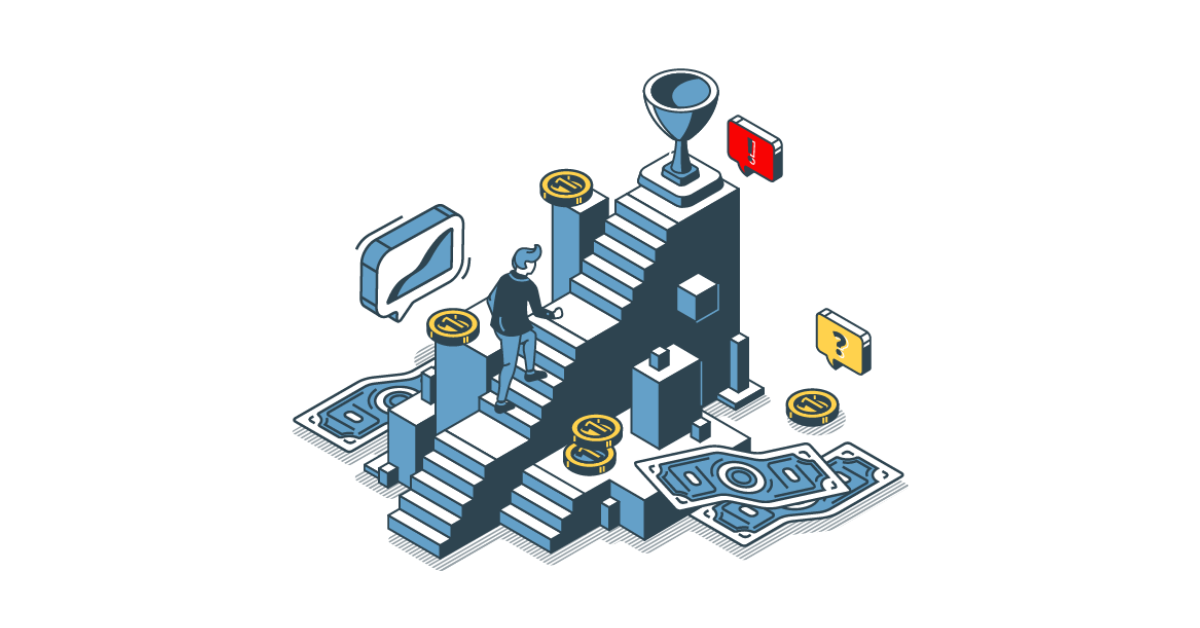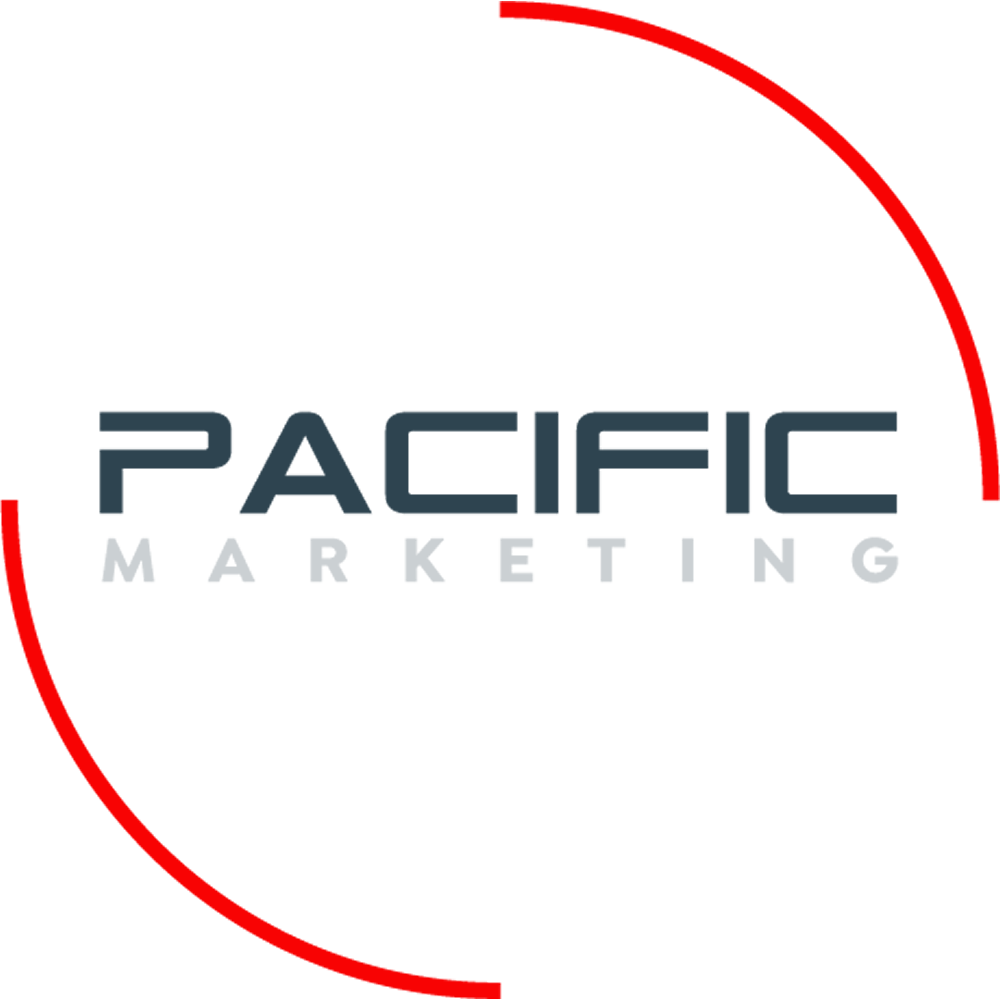
In our last article we looked at why you need CRM-powered marketing. But having acknowledged that growth businesses need a CRM, how do you make it a success?
Well, there is one clear pathway to CRM success, with 3 key staging posts along the way. Follow this route and your CRM will become the growth-engine that you intend.
Base camp – Segmentation – need-specific messages
Camp 1 – Contextualise – clarity around usefulness
Summit - Personalise - provide value and love
Base camp - segmentation
Organisations that are using CRM effectively know that relevance is key to engaging an audience. Interrupting a prospect with a message that holds no relevance to them will at best produce a nonchalant response and at worst cause a brand-damaging irritation.
When your prospect doesn’t feel like your messaging has direct relevance to their life at that moment they will tune out. This is why a CRM is an essential ingredient of modern marketing. If you don’t understand your customer, you can’t give them the content they need , when they need it, in a way that works for them.
Segmentation is the answer.
Your CRM data is the fuel that feeds your marketing machine. That data allows you to isolate specific groups of customers by wants, needs, propensity to buy, readiness to buy, relationship stage, purchase history and contact history …. If your data is set up right the ways in which you can segment, your audience is limitless.
Lists are the perfect way of isolating segments of your database by any data point you hold. You can isolate them by who they are, where they work or what they’re doing, and they can constantly update to suit changing data fields in real-time.
List 1 - In the blink of an eye you can build a list of all contacts in the third month of their current contract – would they benefit from a useful upsell to complement their existing package?
List 2 - A CRM synced with your website will allow web traffic and engagement levels to be tracked. So, what about targeting every prospect that has visited your pricing web page more than once in the last 30 days by sending them a discount code?
Obviously, the same messaging isn't going to work on both of those two groups. But with a small amount of thought, each will receive messaging they’re likely to welcome because it solves a specific problem they have.
Camp 1 – Contextualise
Every buyer for every product must pass through the three key buying stages of Awareness, Consideration and Decision.
But depending on your product or service, those stages often vary. A thirsty person on a hot day will travel from Awareness to Decision about buying a cold drink faster than a Project Manager looking at new forecasting software for a global SaaS business. One is made in minutes, the other could be months.
Although the journey may change, one fundamental remains constant: consumers need buying-stage specific content before they decide to purchase.
Consider our Project Manager, before they become aware the forecasting software even exists, they first need to recognise the problem: the pain caused by poor planning tools. Acknowledging their problem, they then look for a solution – which could be several options ranging from integrating a new tool right through to outsourcing the entire problem.
The content below shows what can be created to suit the needs of the buyer at each stage of their journey towards finding a solution. A tool such as Campaign Triggers in HubSpot can ensure the right content is sent at the right time, maintaining the context that the buyer will welcome:
Awareness: Blog: Why Project Managers never have enough hours in the day
Consideration: Guide: 10 ways to become a more effective Project Manager.
Decision: Case study - why company X chose our technology to solve their forecasting problem
The correct labelling of a prospects stage in their journey will ensure they get the message that is right for their current state of mind. Do not rush to close a sale as soon as a new prospect drops into your CRM, these things take time and a platform like HubSpot can help you plan that journey and ensure messaging is sent in the right context.
Summit – Personalisation
Effective personalisation is a whole lot more that simply greeting someone by name in their next email, or sending a happy birthday message, although is still quite a nice touch. Mine is 5th February by the way 😉.
Standout personalisation is sending relevant and timely messaging using the right language, tone and subject matter.
Imagine this: receiving an email greeting you by name. Nice, but you’ve already had four others doing the same that morning alone. You can spot an automated email by now.
But what about four weeks before the renewal for your company-wide HR software is up for review, you receive a timely message specific to your HR management problem?
The power of personalisation can be shown by the following example: You’ve started a small business in the last 6 months, and you receive a persuasive message from an invoice management software vendor on the perils of not completing your tax returns in time?
You want your prospects to feel a sense of serendipity. Ultimately, we know it was effective CRM management because you created a HubSpot workflow to message either HR managers one month before their next renewal date, or small business owners who’ve set up shop in the last year. But prospects will feel a connection with your brand because the message is aimed at their needs at the right time.
Where contextualising ends and personalisation starts can be a grey area, so it’s probably easier to think of it like this:
Segmentation - to whom do we want to speak?
Contextualisation - what are we going to say?
Personalisation - how are we going to say it?
Contextualisation ensures you don’t torpedo a conversion by going too hard too soon, but personalisation ensures the prospect feels you’re speaking directly to them at the time they’re most likely to want to hear your message.
Contextual communications should be personal without being too invasive that it comes across as overbearing. Clients want personalised information that feels helpful and offers value when they need it.
Get in touch to find out more about how to surprise and delight your customers at every turn!
